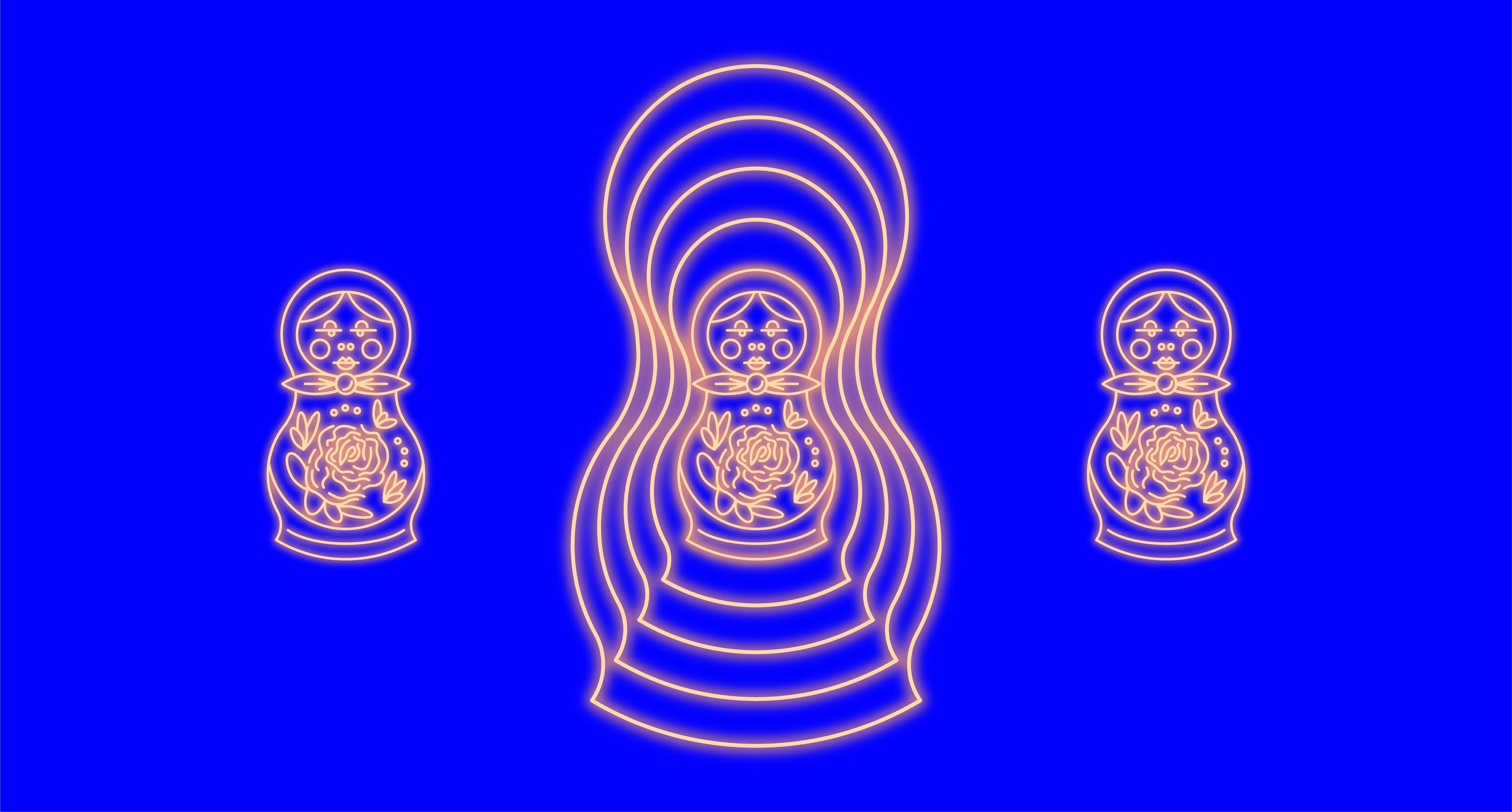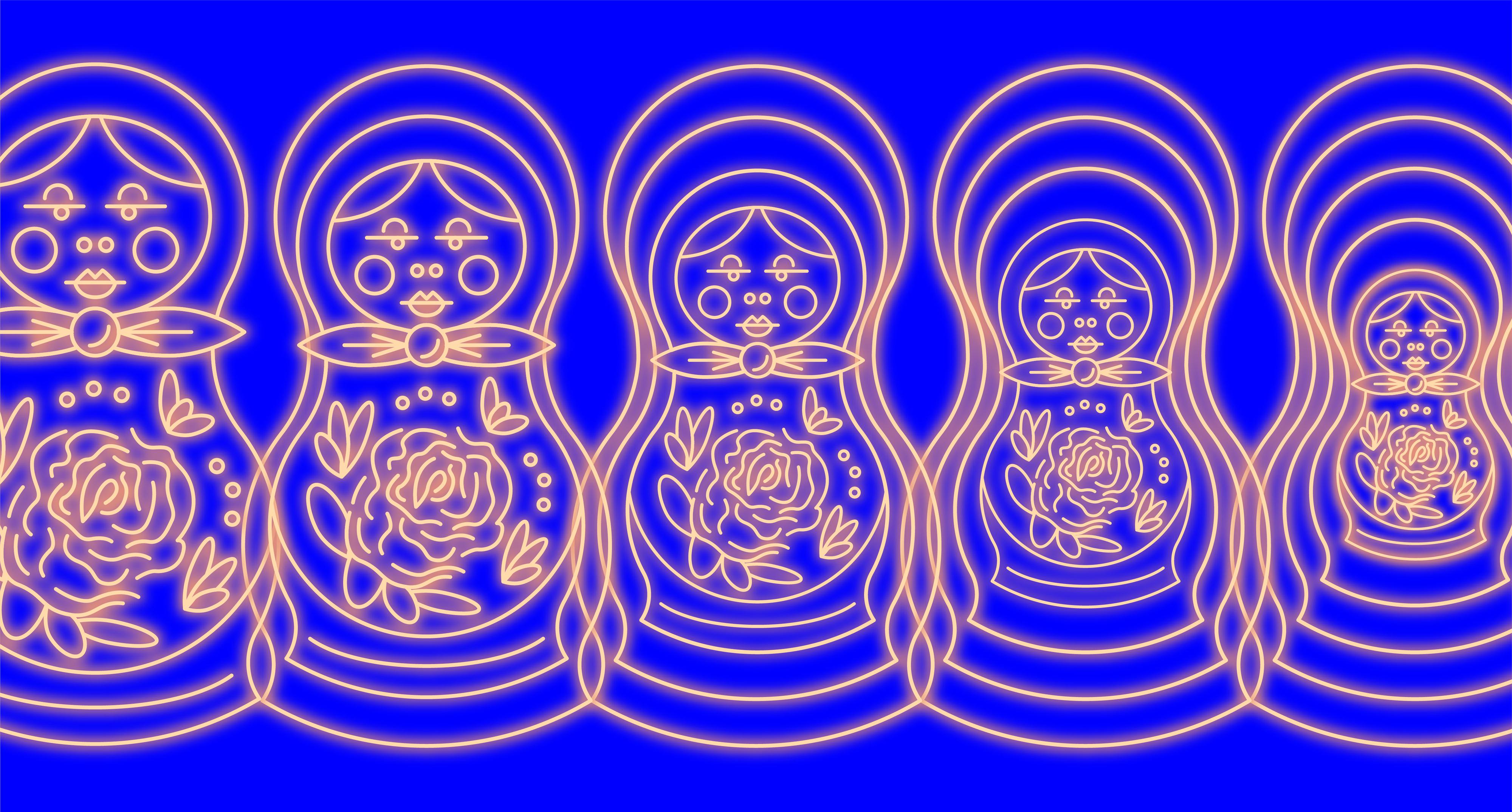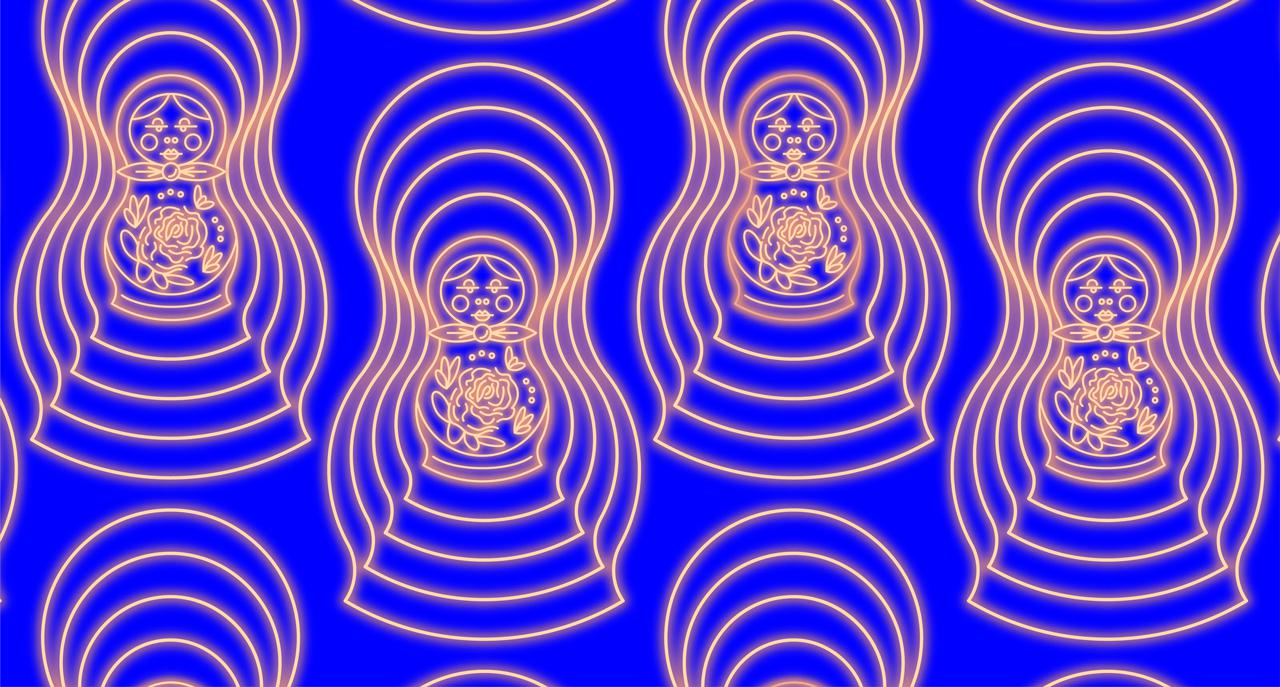
Why do we talk about customer experience? Customers have had experiences since there were customers, so why is service design a topic today?
The concept of designing for experience is not new. It’s been around since the 1980s as an extension of product design. In the last several decades, product designers increasingly have considered the user as ideas about ergonomics and usability emerged. Actually, designing products is a bit of a misnomer because all design is about people – a product may be the medium, but user success is the objective. The same is true for architecture and interior design (people who occupy spaces), graphic design (viewers and readers), fashion design (viewers and wearers), and interface design (software users). Considering the user – or customer – experience is inherent to any design endeavor.
Experience as a medium for design started to become more resonant in the late 1990s. Talk of an experience economy as a successor to an agrarian economy and industrial economy started to take root with the communications technology revolution and the emergence of internet-related businesses. These ideas have never been more relevant than today. The aim of designing experiences has led to a more formal practice.
In the last decade in particular, experience design has gotten a lot of attention and it’s easy to understand why. The first generation iPhone was introduced in 2007, less than 15 years ago. Airbnb launched the following year, and Uber the year after that. In a larger sense, the societal impact of smartphones is only starting to be felt. The 2010 iPhone was the first to support video calls and made headlines for “antennagate” because cell service dropped if you held it the wrong way. Changes in the last ten years have been dramatic. What will smartphones be like in 2030?

New technology creates new opportunities for experience. Smartphones blurred the line between hardware and software, breaking conventions for each and leading to emergent practices to take on the user experience even more directly. Enabled by the internet, the SaaS offerings have turned products into services.
UX has caught on as the term de jour among software companies with the aim to make digital products more usable, appealing, and sticky. Digital experiences can be easier to measure than those in the real world. As company leaders recognized the link between customer experience and conversion, sales, and retention, UX has seen explosive growth in recent years.
Some may not see a link between UX and CX. In fact, design practitioners themselves often argue about terms: UI (User Interface design), UX (User Experience design), IxD (Interaction design), CX (Customer Experience design), and Service Design. Surely there is a lot to be said about the differences in these terms. Some emphasize aesthetics versus actions, others focus on customers and sales versus users and functions.
At Peopledesign, we believe that all these experiences – large and small – are on the same continuum. Think about it as layers of experience from macro to micro, like Russian nesting dolls. The challenge is to zoom in and out while managing for usability, continuity, and value.
A macro analysis for customer experience can start with a broad question: Did the value proposition work? Did the experience deliver the intended value? From there we tend to break the experience into phases, which may be sales-oriented (awareness, convince, buy, support) or perhaps product-oriented (unboxing, first experience, troubleshooting, flow, loyalty). User experience or UX is often more focused on the product experience. Did the app work? Can the user accomplish her goal? From there, you can examine more microinteractions. Can users complete the checkout process? Did the button work?
To work in experience as a medium for design is to consider time. Unlike many other design disciplines, experience design takes into account the user’s journey from one state to another. The concept of “liminality” comes into play here – the psychological process of transitioning across boundaries and borders. The term “limen” comes from the Latin for threshold; it is literally the threshold separating one space from another. An easy way to think about this transition is what happens before, during, and after.

Along the way, there are customer touchpoints. Each touchpoint is an interaction – and an opportunity. Marketers often talk about a call to action (or CTA). Product designers consider use cases. Business people seek customer loyalty. In all cases, an interaction can be a positive or negative experience, shaping a customer’s perception. Each exchange can lead to traction or slippage, so make each touchpoint count. You cannot not communicate.
On a deeper level, knowing more about the user or customer – their beliefs, biases, goals, and perceptions – should inform the design of each touchpoint. Borrowing from the psychology of how people make decisions and form habits can increase engagement and nudge them forward.
A different historical trajectory for customer experience work stems from customer service and hospitality. In the previous era, CX may have been limited to specific, defined customer interactions, usually limited to salespeople and customer support lines. Hotels would include the concierge and bellman. For B2B companies, “customer experience” may have been limited to a customer trip on the company jet, a visit to a showroom, and dinner.
Today, these ideas are blending together to a more holistic and modern approach to service design. We’re in the midst of a service revolution – an umbrella under which value is delivered to people. At this point, most product companies would be advised to consider the broader service envelope, and what customers really value. There are strong arguments that we are at a tipping point of a new subscription economy, where CX becomes the lifeblood.
The customer experience discipline continues to grow and change with emerging technology. As with much innovation, it is also mindful of the past. Sharing economy innovator Lyft was founded by John Zimmer, a veteran from the hospitality industry. Past or future, macro or micro, experience innovation will emerge from a better understanding of what is possible and what people really need.
